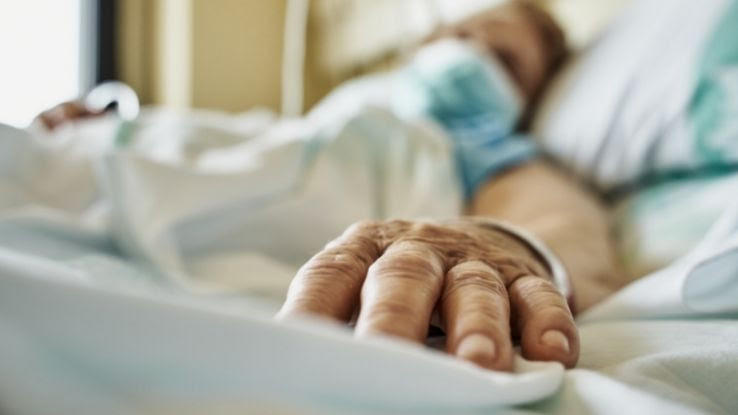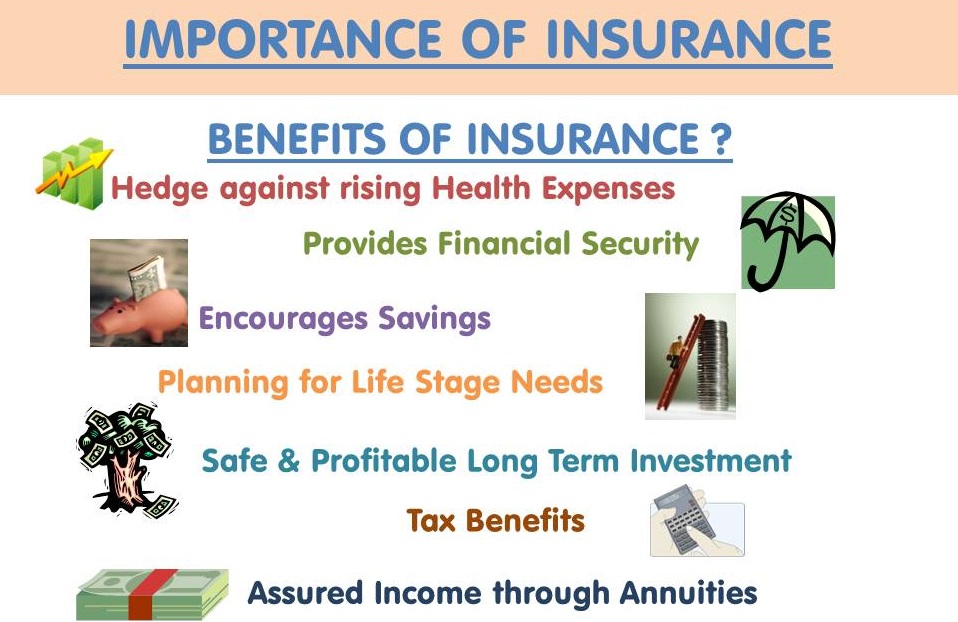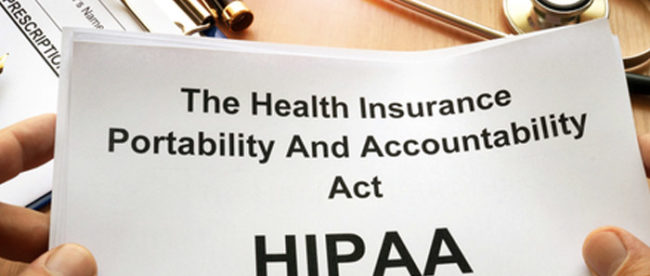Pacific Prime Fundamentals Explained
Table of ContentsThe 2-Minute Rule for Pacific PrimeThe Pacific Prime StatementsPacific Prime for DummiesSee This Report on Pacific Prime
In most states, the insurance provider is needed to send you a duplicate of the adjustments to your plan. It is vital that you read Endorsements or Bikers so you comprehend just how your policy has actually transformed and if the plan is still sufficient to satisfy your requirements. To acquire a copy of your insurance coverage, please contact your insurance coverage representative or firm.
The Institute of Medication (IOM) Board on the Effects of Uninsurance launches an extended examination of evidence that addresses the significance of health and wellness insurance coverage with the magazine of this record. Insurance coverage Matters is the first in a series of 6 records that will be issued over the next two years recording the truth and consequences of having actually an approximated 40 million people in the United States without medical insurance protection.

Pacific Prime for Beginners
The goal of this collection of researches is to refocus plan attention on a historical issue. Complying with the longest economic expansion in American background, in 1999, an estimated one out of every six Americans32 million grownups under the age of 65 and greater than 10 million childrenremains uninsured (Mills, 2000).

10 percent of the populace accounts for 70 percent of healthcare expenditures, a connection that has continued to be constant over the past 3 decades (Berk and Monheit, 2001) - international health insurance. Hence medical insurance remains to serve the feature of spreading threat also as it progressively finances regular care. From the viewpoint of wellness treatment companies, insurance policy brought by their clients aids protect a revenue stream, and neighborhoods benefit from economically practical and steady wellness care practitioners and organizations
Government supplies medical insurance to populaces whom the private market may not offer properly, such as handicapped and seniors, and populaces whose accessibility to health care is socially valued, such as children and pregnant ladies. The supreme ends of wellness insurance policy protection for the specific and communities, including work environment areas of employees and employers, are enhanced wellness end results and lifestyle.
See This Report on Pacific Prime
Staff members place medical insurance initially without a doubt in relevance among all the benefits offered in the work environment (Salisbury, 2001). There have actually been sizable investments of individual and public funds to offer wellness insurance policy, many people still have no protection. Regardless of considerable coverage of study findings and healthcare research results, the public remains overwhelmed and misinformed regarding Americans without wellness insurance and the implications of doing not have protection.

Without doubt, the complexity of American healthcare financing systems and the riches of resources of info include to the public's confusion and uncertainty concerning wellness insurance policy data and their analysis. This record and those that will certainly comply with purpose to boil down and offer in conveniently understandable terms the substantial research study that bears upon questions of medical insurance protection and its relevance.
Fifty-seven percent of Americans questioned in 1999 thought that those without health and wellness insurance coverage are "able to get the care they require from doctors and medical facilities" (Blendon et al., 1999, have a peek at this website p. 207). In 1993, when national focus was concentrated on the troubles of the without insurance and on pending healthcare regulations, just 43 percent of those polled held this idea (Blendon et al., 1999).

They additionally get fewer preventative solutions and are less most likely to have regular treatment for chronic conditions such as hypertension and diabetes. Persistent diseases can cause expensive and disabling issues if they are not well managed (Lurie et al., 1984; Lurie et al., 1986; Ayanian et al., 2000). One nationwide survey asked greater than 3,400 grownups regarding 15 very serious or somber conditions.
The Only Guide to Pacific Prime
Extra evidence is offered later on in this phase in the discussion of insurance and access to healthcare. http://tupalo.com/en/users/6478264. People without medical insurance are young and healthy and balanced and pick to go without coverage. Almost fifty percent (43 percent) of those surveyed in 2000 thought that individuals without health and wellness insurance coverage are much more likely to have illness than individuals with insurance coverage
Voters and plan manufacturers in focus group conversations identify those without insurance policy as youths who have the possibility to be covered and feel they do not need it (Concierge Novelli, 2001). Contrasted to those with at least some personal protection, the uninsured are much less likely to report remaining in outstanding or great health and wellness (Agency for Healthcare Study and High Quality, 2001).
SOURCE: Facility for Cost and Financing Studies, Firm for Healthcare Study and Quality, based upon MEPS data. Youthful grownups between 19 and 34 are even more most likely to lack medical insurance than any various other age. This is mainly due to the fact that they are less usually eligible for employment-based insurance as a result of the nature of their job or their short period in it.
The perception that people without insurance policy have better-than-average health complies with from confusing the fairly young age account of the without insurance with the better health and wellness, usually, of younger individuals. This covers the web link between health condition and wellness insurance coverage. For those without accessibility to office medical insurance, poor health and wellness is a possible obstacle to purchasing nongroup protection due to the fact that such coverage might be very priced, omit pre-existing conditions, or be merely inaccessible.